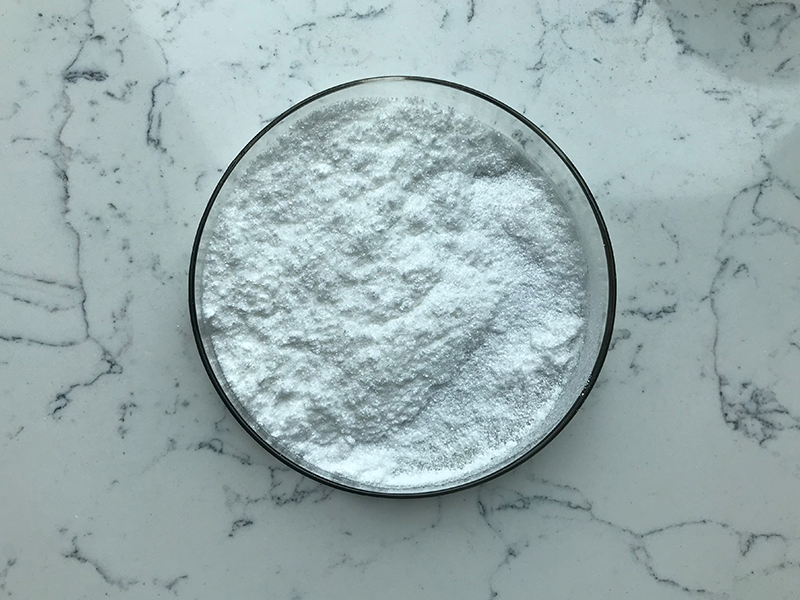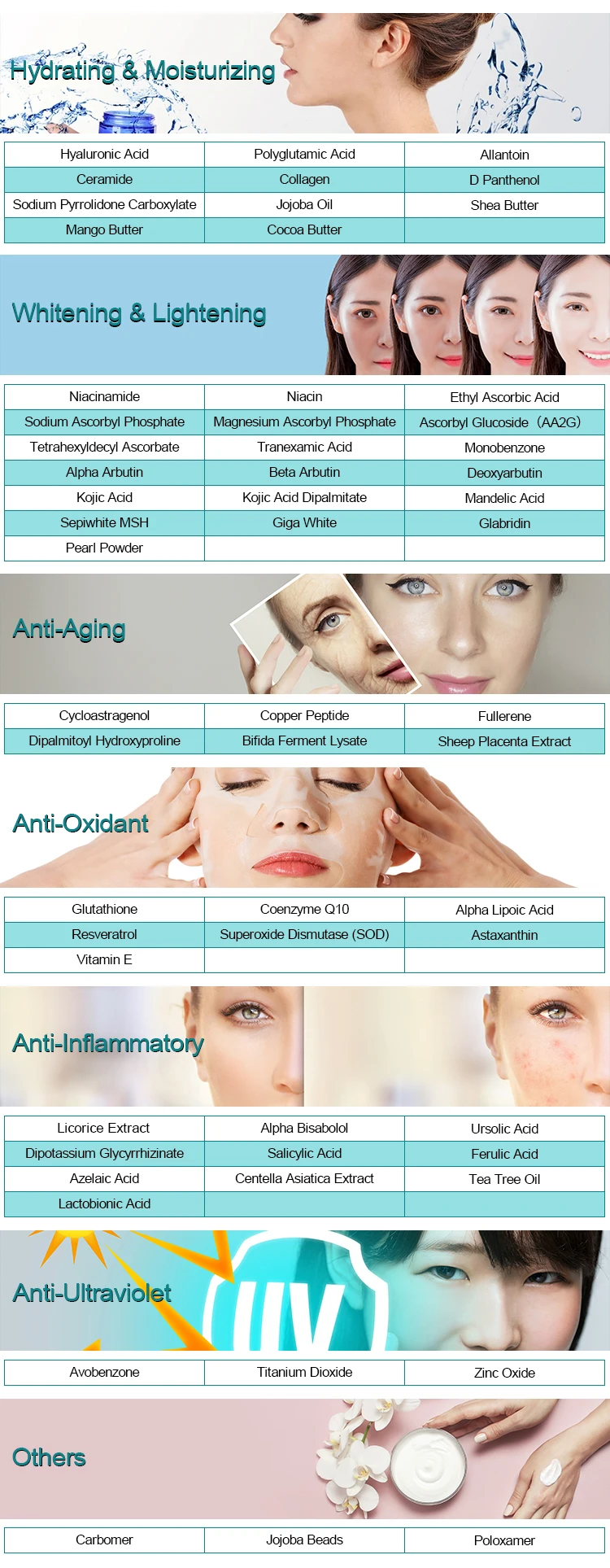Kojic Acid Dipalmitate is a modified form of kojic acid, which is derived from various fungi. It is commonly used in the skincare and cosmetic industry for its skin-lightening and anti-oxidative properties. Below is a comprehensive study covering various aspects of Kojic Acid Dipalmitate.
Chemical Structure and Properties:
Kojic Acid Dipalmitate is an ester of kojic acid, where two palmitic acid molecules are attached to the hydroxyl groups of kojic acid. The chemical formula is C38H66O6. The palmitate ester form enhances the stability and skin penetration of kojic acid.

Mechanism of Action:
Kojic Acid Dipalmitate works by inhibiting the activity of tyrosinase, an enzyme involved in the production of melanin. Melanin is responsible for the pigmentation of the skin. By inhibiting tyrosinase, Kojic Acid Dipalmitate helps to lighten hyperpigmentation and reduce the appearance of dark spots.
Skin Benefits:
1.Skin Lightening: Kojic Acid Dipalmitate is known for its skin-lightening properties, making it a popular ingredient in products aimed at treating hyperpigmentation, melasma, and age spots.
2.Antioxidant Properties: It exhibits antioxidant properties, helping to neutralize free radicals and protect the skin from oxidative stress. This can contribute to anti-aging effects.
3.Stability and Formulation: The dipalmitate form improves the stability of kojic acid, making it more resistant to discoloration and degradation when exposed to air and light. This enhances its shelf life in skincare formulations.
4.Compatibility with Other Ingredients: Kojic Acid Dipalmitate is often formulated with other skin-brightening agents like vitamin C, alpha-arbutin, or licorice extract for enhanced efficacy.
Safety Considerations:
1.Irritation: While generally considered safe, some individuals may experience skin irritation or allergic reactions. It is recommended to perform a patch test before using products containing Kojic Acid Dipalmitate.
2.Sun Sensitivity: Like many skin-lightening agents, it can increase sensitivity to the sun. Therefore, it is crucial to use sunscreen when using products containing Kojic Acid Dipalmitate to prevent further pigmentation.

Regulatory Status:
In many countries, Kojic Acid Dipalmitate is recognized as a cosmetic ingredient. However, regulatory considerations may vary, and it’s important for manufacturers to comply with local regulations.
Conclusion:
Kojic Acid Dipalmitate has gained popularity in the skincare industry for its skin-brightening and antioxidant properties. While it offers promising benefits, individual responses may vary, and it’s essential to use products containing this ingredient with caution. Additionally, consulting with a dermatologist before incorporating such products into a skincare routine is advisable, especially for individuals with sensitive skin or pre-existing skin conditions.
